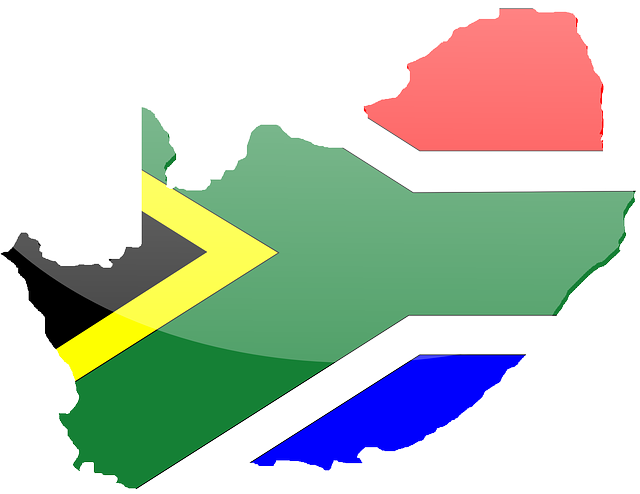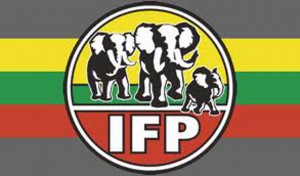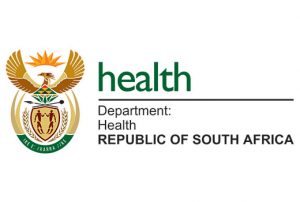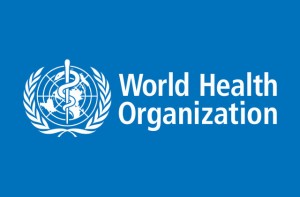AngloGold Ashanti announced a significant jump in third-quarter free cash flow to $161m, further improving its net debt position despite a decline in ore grades at some of its operations and a challenging operating environment for its South African business.
Free cash flow was $161m, before the $30m once-off cost incurred for the early repayment of its high-yield bond, the Company’s most expensive debt. The free cash flow generation for the three months through September 30 was a significant improvement on the $50m outflow in the third quarter of 2015, and 49% more than the $108m generated in the first half of this year.
AngloGold Ashanti has for the past three years delivered on a range of self-help measures to cut debt, using internally generated funds without diluting shareholders. Whilst it was indicated previously that costs would be higher in the second half of the year, the increase was exacerbated by a poor performance in South Africa, a delay in accessing higher grades in Brazil, capital expenditure absorbed over fewer ounces, and strengthening currencies.
“We generated strong free cash flow in the third quarter, taking this year’s cumulative free cash flow to nearly a quarter of a billion dollars, further reducing debt,” Chief Executive Officer Srinivasan Venkatakrishnan said. “Work is already well advanced to turn around our operating performance in the near term by improving volumes and accessing higher grades as per our plans, and over the medium term by investing in our low-capital, high-return brownfields projects.”
Production in the third quarter was 900,000oz compared to 974,000oz in the third quarter of last year, which included a combined 32,000oz from Cripple Creek & Victor and Obuasi, which have been sold and idled respectively. Moab Khotsong, Mponeng, Iduapriem, Siguiri and Serra Grande delivered improved performances.
Total output from South Africa dipped 7% year-on-year to 235,000oz, mainly due to lower average recovered ore grades from underground. The Company’s mines in South Africa faced stoppages following three fatalities in July.
Lower production from the AngloGold Ashanti’s International Operations of 665,000oz, compared with 702,000oz in the third quarter of last year, was mainly a result of lower ore grades as planned, at both Tropicana and Geita, as well as delays in accessing high-grade ore at its operation in Brazil.
For the first nine months of the year, all-in sustaining costs were $965/oz, an increase of 4% compared to the same period the prior year. Cash costs per ounce increased by 8% to $797/oz compared to $735/oz in the third quarter of the previous year, mainly as a function of lower grades, lower units of production, and inflation. All-in sustaining costs were $1,071/oz, a 14% year-on-year increase which reflects the increase in total cash costs, exploration, corporate and marketing costs and a planned increase in capital expenditure.
Adjusted earnings before interest, tax, depreciation and amortisation (Adjusted EBITDA) rose by 36% to $395m in the third quarter, from $291m in the corresponding period of last year. Net debt to Adjusted EBITDA ended the quarter at 1.26 times, lower than the 1.54 times recorded in the corresponding period last year. Debt levels remain well below the covenant of net debt to Adjusted EBITDA of 3.5 times under our revolving credit facilities.
Safety
Regrettably, there were three fatalities in the South Africa region in July following falls-of-ground and tramming-related incidents, and one in Brazil at Cuiabá following a heavy mobile equipment accident that involved a contractor. Despite these setbacks, there were notable successes, with Continental Africa region the stand out performer, while the Vaal River Mines achieved two million fatality-free shifts during the quarter with Moab Khotsong reaching one calendar year without a fatality on 4 September, and Kopanang achieving 1-million-fatal-free shifts on 1 July. Our priority remains the successful execution of our safety strategy to improve our underlying safety performance
Production from the South African mines continues to be affected by safety-related stoppages, predominantly those under Section 54 of the Mine Health and Safety Act. As recommended by the Department of Mineral Resources, AngloGold Ashanti will continue to pursue dialogue with the regulator around this issue and to use appropriate official channels to address challenges with the application of Section 54 of the Act.
Outlook
The outlook for production for the full year has been narrowed but remains within the original guidance. The cost guidance has been revised primarily due to the strengthening of local currencies.
The revised outlook is as follows: Production between 3.6Moz and 3.65Moz (previously 3.6Moz and 3.8Moz); Total cash costs between $730/oz and $750/oz; (previously $680/oz and $720/oz); AISC between $980/oz and $1,010/oz; (previously $900/oz and $960/oz); and the outlook for capital expenditure has been narrowed to between $790m and $820m, from $790m to $850m previously.
(Assuming updated average exchange rates against the US dollar of 14.60 (Rand), 3.50 (Brazil Real), $0.75 (Aus$) and 14.80 (Argentina Peso), with oil at $43/bl average for the year, based on achieved actual rates to date and market expectations for the next quarter).
Both production and cost estimates assume neither labour interruptions, power disruptions and changes to asset portfolio and/or operating mines. In addition, the cost guidance includes the rebate of certain port duties in Argentina. Other unknown or unpredictable factors could also have material adverse effects on our future results.










